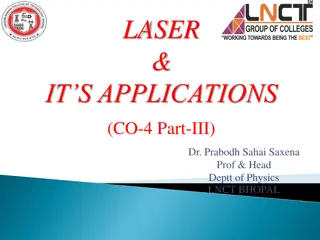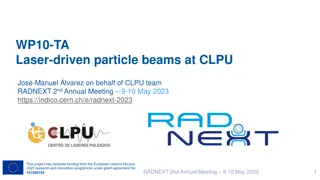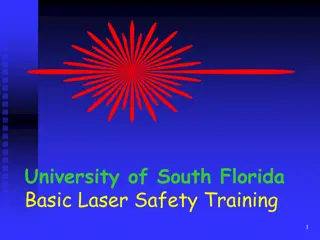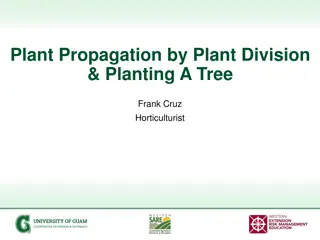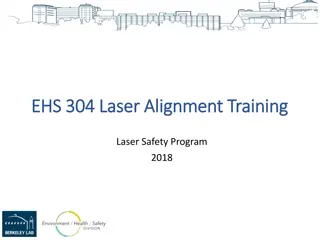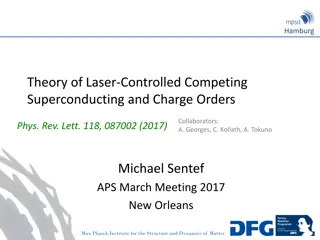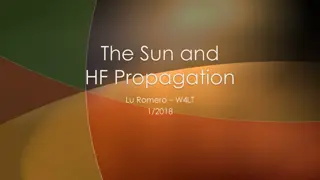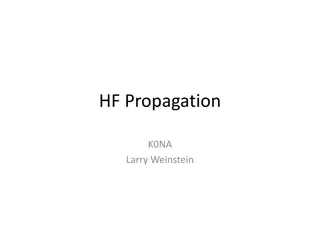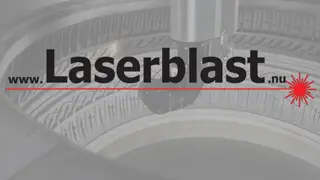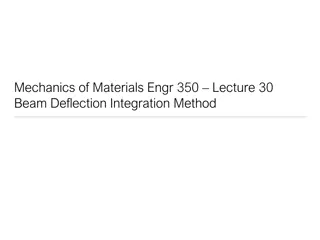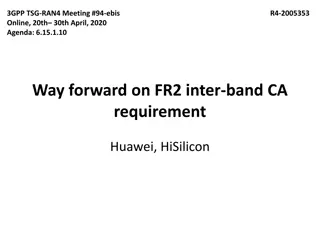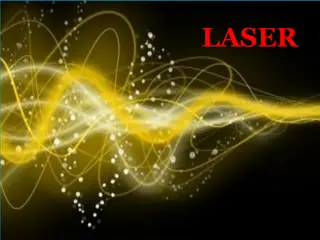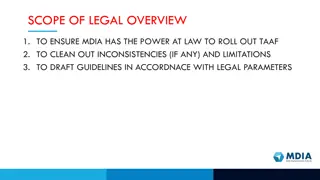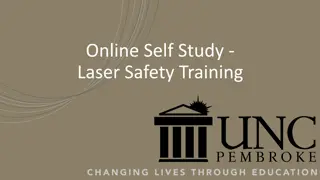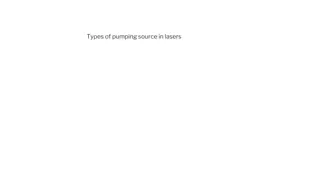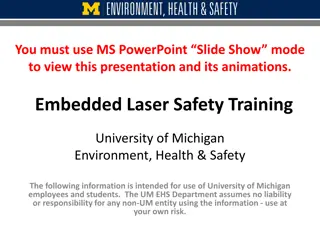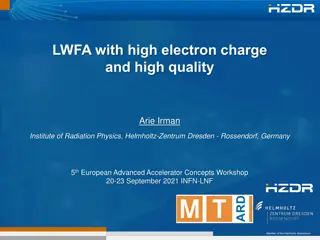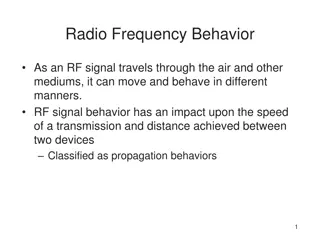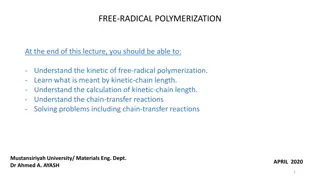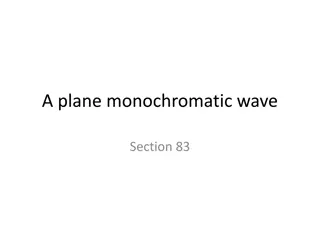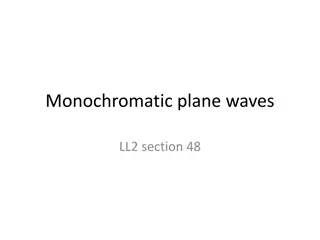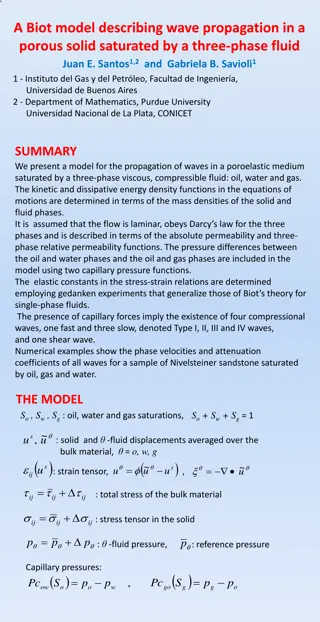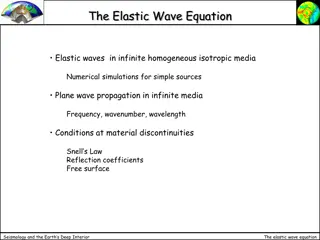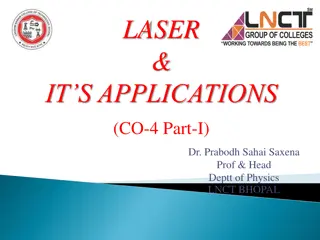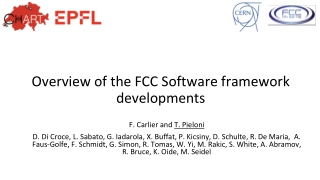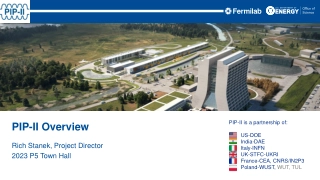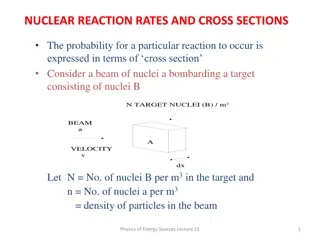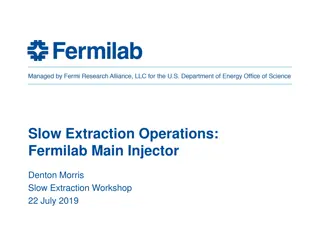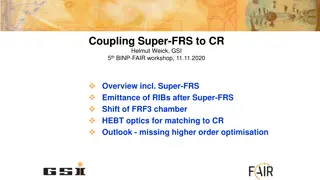Innovative Structured Laser Beam Technology for Improved Beam Propagation
An overview of a novel structured laser beam (SLB) system designed for long-distance propagation with low divergence and a small central spot size. This cost-effective method allows for easy adjustment of beam parameters and offers advantages such as self-reconstruction after obstacles, compact spot size, and robustness to environmental conditions.
Download Presentation

Please find below an Image/Link to download the presentation.
The content on the website is provided AS IS for your information and personal use only. It may not be sold, licensed, or shared on other websites without obtaining consent from the author. Download presentation by click this link. If you encounter any issues during the download, it is possible that the publisher has removed the file from their server.
E N D
Presentation Transcript
Structured Laser Beam Amy Bilton Knowledge Transfer Officer CERN Knowledge Transfer Miroslav ulc Knowledge Transfer Officer Institute of Plasma Physics of the Czech Academy of Sciences
WHAT IS IT? A simple, low-cost system and method for generating a structured laser beam (SLB) that can propagate over large distances while maintaining a low divergence and small central spot size. Gaussian laser beam and its intensity distribution Structured laser beam and its intensity distribution Comparison of the SLB (Green) and a Gaussian beam (Red). The Central spot of the SLB is much smaller than the Gaussian at the same distance from the electromagnetic radiation source. Cross-section of the Bessel beam and graph of intensity modified from original version, attributed to Egmason, under CC BY-SA 3.0
STATE OF THE ART Bessel beam generation on short distances Gaussian beam Axicon lense Only for distances up to 100 mm Diagram of Axicon and resulting Bessel Beam attributed to Egmason, under CC BY-SA 3.0
HOW IT WORKS A coherent beam of electromagnetic radiation is illuminated on an optical system in such a way as to produce a structured beam. The parameters of the system can be easily adjusted to modify the focus, the divergence of the beam, and the number and thickness of the rings. Laser BLACK BOX European patent application filed 2nd May 2018
HOW IT WORKS The SLB consists of a central part with surrounding fringes. After the generator, only the central part is a continuous line. European patent application filed 2nd May 2018.
ADVANTAGES Size at 3 m Size at 100 m Gaussian 0.8 mm 240 mm SLB 0.01 mm 1.2 mm
ADVANTAGES The SLB can self-reconstruct after obstacles. Bessel beam re-forming central bright area after obstruction attributed to Egmason, under CC BY-SA 3.0
ADVANTAGES Compact spot size and very low divergence. Self-reconstruction after obstacles. Simple, low-cost, lightweight system. Very robust to jitter, vibrations, and variations in the angle of the input beam; it also shows some robustness to fluctuations in air temperature. The SLB can be produced for any wavelength and potentially for any power.
APPLICATIONS Alignment Metrology Communication Gas detection Laser shows Others?



